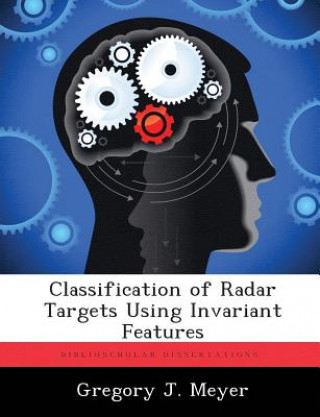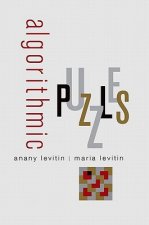
Versand
Kaufberater





Passt nicht? Macht nichts! Bei uns ist die Rückgabe innerhalb von 30 Tagen möglich
 Geschenkgutschein
In einem beliebigen Wert
Geschenkgutschein
In einem beliebigen Wert
Mit einem Geschenkgutschein können Sie nichts falsch machen. Der Beschenkte kann sich im Tausch gegen einen Geschenkgutschein etwas aus unserem Sortiment aussuchen.
Classification of Radar Targets Using Invariant Features
 Englisch
Englisch
 157 b
157 b
30 Tage für die Rückgabe der Ware
Das könnte Sie auch interessieren


Automatic target recognition (ATR) using radar commonly relies on modeling a target as a collection of point scattering centers. Features extracted from these scattering centers for input to a target classifier may be constructed that are invariant to translation and rotation, i.e., they are independent of the position and aspect angle of the target in the radar scene. Here an iterative approach for building effective scattering center models is developed, and the shape space of these models is investigated. Experimental results are obtained for three-dimensional scattering centers compressed to nineteen-dimensional feature sets, each consisting of the singular values of the matrix of scattering center locations augmented with the singular values of its second and third order monomial expansions. These feature sets are invariant to translation and rotation and permit the comparison of targets modeled by different numbers of scattering centers. A Mahalanobis distance metric is used that effectively identifies targets under "real world" conditions that include noise and obscuration. In particular, eight targets of military interest are sampled in tenth-degree aspect angle increments to extract scattering centers, and 36 subclasses that encompass ten degrees are specified for each target. Each subclass is compressed to a nineteen-dimensional singular value feature set, and because the spatial distribution of the 100 nineteen-dimensional points in each subclass is approximately Gaussian, a mean and a covariance matrix represent each subclass.
Informationen zum Buch
 Englisch
Englisch
Kategorie


 Kontakt
Kontakt Wie einkaufen
Wie einkaufen


































